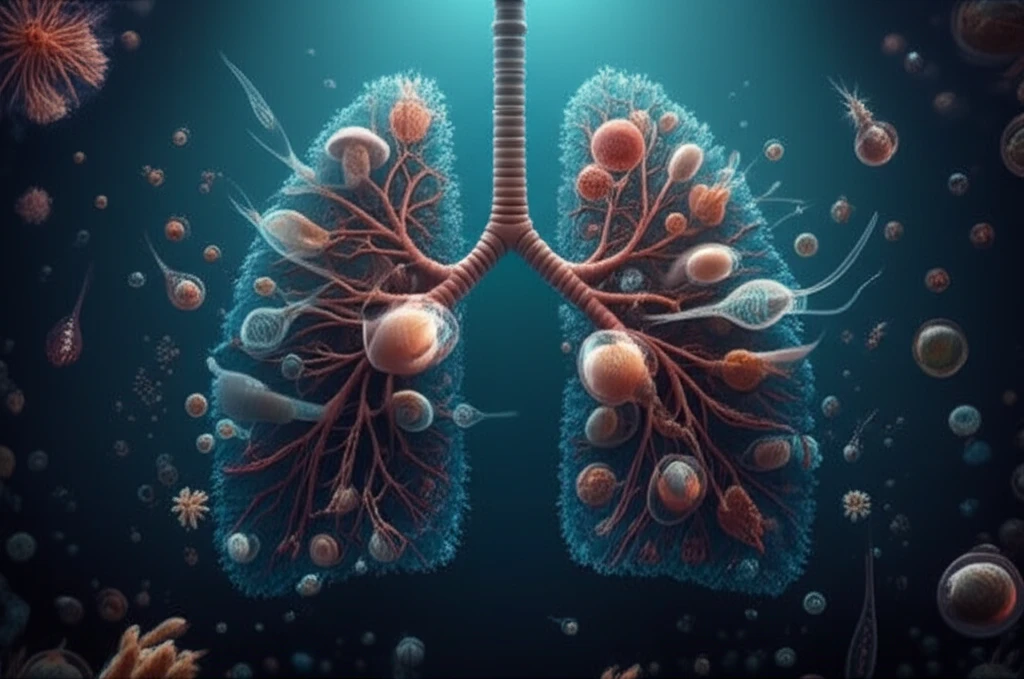
Brevenal Breakthrough: New Hope for Respiratory Illnesses?
"Scientists modify marine toxin to develop potential treatments for asthma and cystic fibrosis, offering a beacon of hope for millions suffering from respiratory ailments."
Imagine a world where managing respiratory illnesses like asthma and cystic fibrosis becomes significantly easier. For years, researchers have been exploring the potential of marine compounds to address various health challenges. Among these, brevenal, a unique substance produced by the dinoflagellate Karenia brevis, has shown promise in treating respiratory conditions.
Karenia brevis is notorious for causing Florida Red Tide and producing brevetoxins, which can trigger adverse effects such as gastrointestinal issues and bronchoconstriction. Paradoxically, brevenal exhibits antagonistic behavior to these brevetoxins and displays beneficial properties when administered alone. This has sparked interest in its therapeutic applications, particularly for respiratory ailments.
Recent studies have focused on modifying the structure of brevenal to enhance its therapeutic effects while minimizing potential side effects. These modifications aim to develop a new generation of drugs that can effectively target the underlying mechanisms of respiratory diseases. This article delves into the innovative modifications of brevenal, exploring their potential impact on treating conditions like asthma and cystic fibrosis.
Unlocking Brevenal's Potential: How Modified Structures Could Revolutionize Respiratory Treatments

Brevenal's structure is not easy to modify, which makes drug development challenging. The aldehyde part of the molecule is the only place where scientists can readily attach other chemical groups to change its function. Traditionally, modifying aldehyde groups involves reduction, oxidation, and reductive amination to produce alcohol, acid, and amine derivatives, respectively. However, these methods have proven difficult to implement with brevenal.
- Aliphatic hydrazide derivatives
- Aromatic hydrazide derivatives
- Heteroaromatic hydrazide derivatives
The Future of Brevenal: A Promising Path Forward
The research indicates that while brevenal holds significant therapeutic promise, only small structural modifications are tolerated without losing its beneficial properties. The formyl hydrazide derivative appears particularly promising, retaining good affinity for the brevenal receptor and exhibiting low adverse effects.
The development of brevenal hydrazide derivatives with enhanced stability offers a strong foundation for creating a second-generation analog for treating pulmonary disorders. Further research is needed to fully understand the mechanisms of action and optimize these compounds for clinical use. Compounds capable of displacing brevetoxin at concentrations much lower than those needed for brevenal have also been prepared.
These discoveries could pave the way for innovative treatments that alleviate symptoms and improve the quality of life for individuals suffering from respiratory conditions, marking a significant step forward in respiratory medicine.
